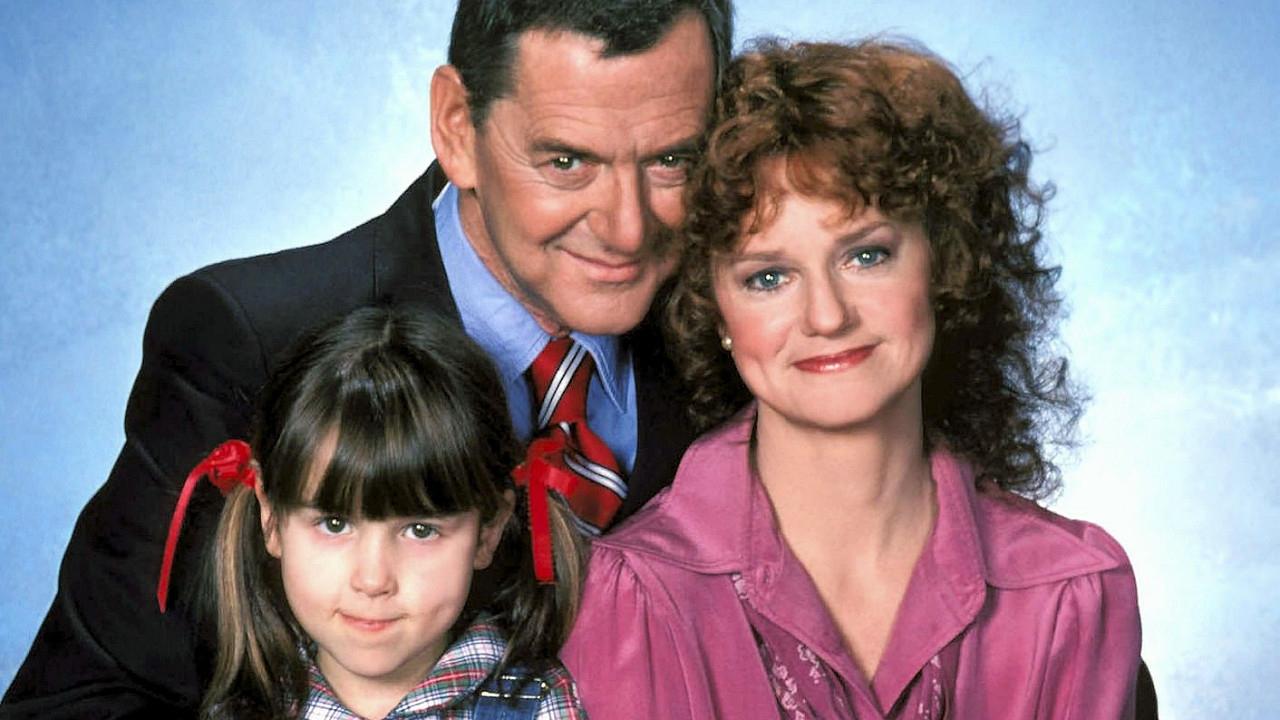

This series popped into my head this evening, and I checked out IMDb. I have read the other comments, and would like to add my two-cents worth.One fact that I have not seen mentioned is this: Sidney is miserable and friendless because he is bitter over the loss of his lover, which he seems incapable of getting over. If I remember correctly, his boyfriend had died, and - with the great reluctance to explore that relationship on the show - it is easy to assume in retrospect that the boyfriend was a victim of one of the big issues - gay bashing? AIDS? ...Anyway....The whole message of the show, as sugary sweet as it was, is that everyone needs someone to share his life with, and, while the ideal is to have a lover (whatever your sexual persuasion), good platonic friends can be a pretty good substitute. Families are made, not born.The great achievement of the show was that it shattered stereotypes - that was the whole point of Sidney being neither a disco-dwelling, toy-boy hunting sugar daddy, nor a camp, shrieking queen. The show also captured an ennui that was soon to swamp the gay community, and those who saw it as a pop-culture touchstone, as AIDS took a greater and greater toll.Love, Sidney was soulful and complex, and is owed much by all involved with, and fans of, such shows as Will and Grace.
... View MoreThe fact that this show the first to feature a gay character as the lead character has been beaten to death that I won't mention it again. Instead, this show was very unusual. It was one of those where the writers didn't know if it was going to be a cute little family drama with a very unusual family group or if it wanted to be a situation comedy. Tony Randall was pretty good in this show, especially since he played a similar character for many years on the Odd Couple. Swoosie Kurtz also did a good job in her role as Laurie. I loved the fact that she was constantly trying to convince people that she was nothing like the nymphomaniac that she played on television and that she was just an ordinary mother trying to raise her daughter. However, as I said earlier, the thing that hurt this show was the fact that the producers never could decide whether it was going to be a situation comedy or a drama. That definitely hurt it in the end.
... View MoreA friend of mine recently said that he was traumatized by The Brady Bunch. He said that his family was so unlike the always-happy, flawless Bradys that, by comparison, be felt he was living with a bunch of monsters. My reaction: "Dude, you took 'The Brady Bunch' seriously?" Likewise, the guy who wrote saying that Love Sidney caused his 13-year-old homosexual mind to grow shameful and make him feel he would always be friendless and sad...I have to ask: What are you, kidding? It was a portrayal of ONE CHARACTER. As for me, I'm glad the Sidney producers had the fortitude to create a show around a leading gay character way back in 1981. As a heterosexual kid growing up at that time, the show was my first introduction to the notion of homosexuality. It raised a lot of questions, and wound up being a springboard to meaningful discussions I had with my parents -- a chance to learn what it was, and form a non-judgmental concept on the subject in my formative brain.
... View MoreThis was one of the first attempts at a gay leading character in a prime-time television series. Tony Randal played Sidney, a middle-aged gay man with some sort of relationship with a straight woman. The woman had a small daughter, or something.The image that has lasted in my mind for years was of Sidney having a party and inviting his mother's friends. You see, he was gay and therefore had no friends of his own. Right.It was the last days of disco, this guy was gay, and couldn't scare up enough friends for a party? Right.It was really sad that the series implied that gay people are to be pitied because we have no friends and that a meaningful relationship, platonic as it may be, is only possible with a straight person.I know a lot of gay people who hated "The Living End", which featured fatalist gay people shooting up stuff with guns. "Too violent," they say. I say that I prefer the "Living End" image over "Love Sidney". Maybe if Sidney would have had a gun and shot up a few gay bashers it would have been more interesting.And in all seriousness, this stupid TV show left indelible images on a gay 13 year-old's mind that stuck for years, leaving him afraid and ashamed. That 13 year-old was me. Though I'm now out and happy, I think the show's creative team should issue a public apology for this crap.
... View More